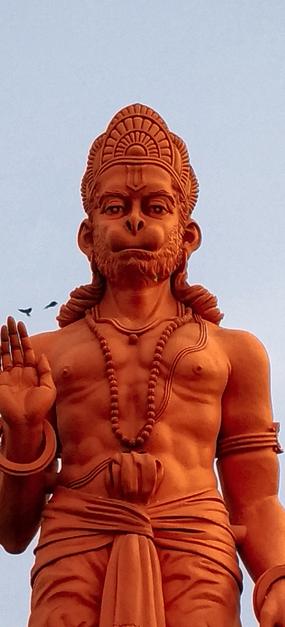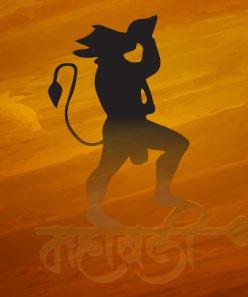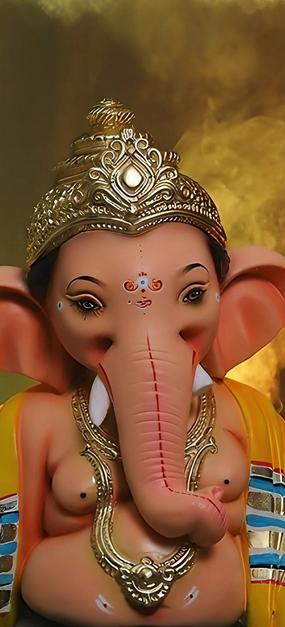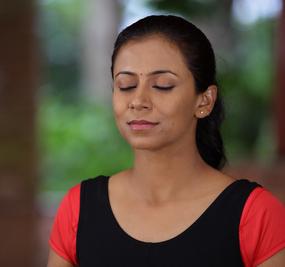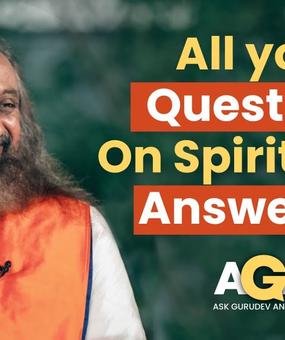When Barack Obama, President of the United States of America revealed the contents of his pockets, there was a gasp of surprise at the recording studio. Nestled among the many totems was a miniature statue of the popular Hindu deity, Hanuman. “If I feel tired, or I feel discouraged sometimes, I can kind of reach into my pocket and say yeah, that’s something I can overcome…” explained the President on the interesting array of totems.
There are many devotees of Hanuman the world over who worship this immortal one in many forms. One of the much-revered forms is the powerful Lord Panchmukhi Hanuman – five faces staring in different directions, often holding the spectator in awe. The Panchmukhi Hanuman or the Panchamukhi Anjaneya Swamy is believed to be one of his ‘virat’ (gigantic) forms. Some even believe that there are two forms of Shri Panchmukhi Hanuman. Five majestic faces all belonging to Hanuman is one form while the second is the more popular one -five majestic faces, each belonging to a different god and they are:
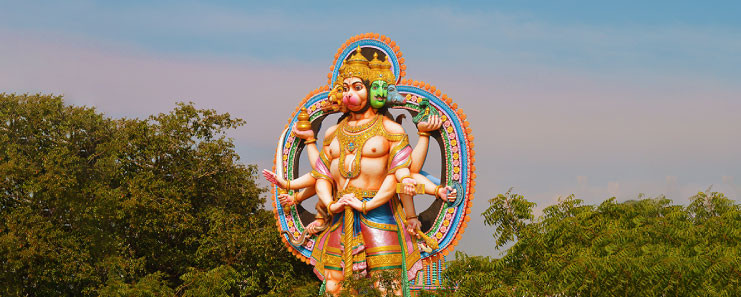
- Lord Hanuman: He faces eastwards with steadfast devotion. Worshipping Hanuman helps one wash away one’s sins and bestows peace, purity, happiness, and fulfillment.
- Lord Narasimha: The fourth avatar of Lord Vishnu, this lion form is south facing. Worshipping Narasimha removes fear. Fearlessness and victory are the blessings showered on the devotee.
- Lord Garuda: Facing west, the Garuda or eagle is a part of the Panchmukhi Hanuman manifestation. He offers protection from negative influences, black magic, and evil spirits.
- Lord Adivaraha: The boar is another manifestation and is believed to remove the bad effects of planetary movements. Facing the north, Varaha bestows wealth and prosperity.
- Lord Hayagriva: This avatar of Vishnu with a human body and the face of a horse that is looking upward, blesses one with knowledge, progeny and liberation.
The Lord Panchmukhi Hanuman is magnificent and awe-inspiring. This form arose in Patala Loka when Vayuputra Hanuman was charged with the responsibility of saving Lord Rama’s life. Little wonder that this form is endowed with many weapons like the parashu (battle axe), chakra (disc), gada (mace), trishul (trident) and the khanda (sword).
Read here about: 8 Famous temples of Hanuman in India
A manifestation of the Panchmukhi Hanuman
During the Ramayana war, a losing Ravana summoned one of his brothers, Ahiravana, the chief of Patala Loka (the nether world). Disguising himself as Vibhishana, Ahiravana threw Hanuman off-guard and kidnapped Lord Rama and Lakshmana.
Ahiravana’s soul rested in five candles. When Hanuman went to Patala Loka, he learned that the only way he could kill Ahiravana was to extinguish all five candles at the same time. That is when Hanuman manifested his Panchamukhi roop, each form facing a different direction. Together, they blew out the candles and brought the still-unconscious Lord Rama and Lakshmana back to Lanka.
Thus, the worshipper of the Panchamukhi Hanuman form is liberated from different fears, negativities, and enemies.
Hanuman is often referred to as a yogi. He is believed to have reached perfection in his siddhis and had gained control over his five senses (Pancha Indriyas). This is one of the many interpretations of the number five. Amongst other versions, the famous Tamil poet Kamban has shared the importance of the number five in Ramavataram, the Tamil version of Ramayana.
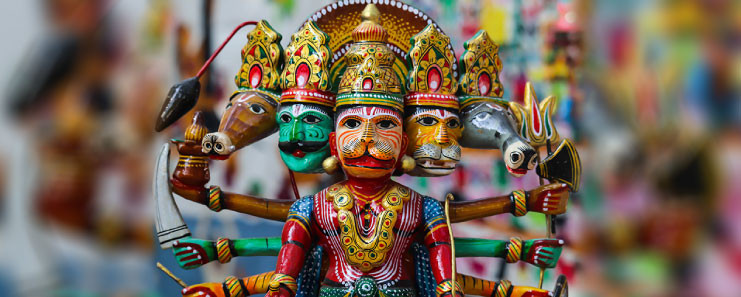
One more form There is yet another depiction of the Panchmukhi Hanuman which incorporates Lord Ganesh. One face is depicted as half-Hanuman and half-Ganesha. The navagrahas (nine planets) do not have any influence over both these powerful deities. This form is considered to be a rare and powerful manifestation of the Panchmukhi Hanuman.
Read about: Hanuman Mantras All the ways you can praise Hanuman: the different chants of Bajrangbali
Devotion towards Panchmukhi Hanuman
“Lord Ram gave Hanuman a quizzical look and said, “What are you, a monkey or a man?” Hanuman bowed his head reverently, folded his hands and said, “When I do not know who I am, I serve You and when I do know who I am, You and I are One.”
― Tulsidas, Ramcharitmanas
Hanuman is synonymous with devotion, surrender, and faith. One of his many names includes Bhakta Anjaneya. (Bhakta means devotee and Anjaneya is another name for Hanuman.)
It is said that he worshipped Lord Ram in five ways:
Naman: Taking the name of the Lord
Smaran: Constant remembrance
Keerthanam: Singing praises & adulations
Yachnam: Sincere, selfless plea for deeper faith
Arpanam: Offering oneself / surrender
This is also the path to worshipping the Panchamukhi Hanuman. Through mantras, stutis, bhajans, Hanuman (the 11th and Rudra avatar of Lord Shiva) has been eulogized.
One of the famous prayers to Panchamukhi Hanuman is the Panchmukhi stotra. It praises each of the five manifestations, eradicating evil and negative forces for the devotee.
The Panchamukhi Hanuman Kavach is also widely heard and meditated upon. It is believed to protect the devotee from every obstacle as the lines from this stotram epitomize:
“Meditating upon Hanuman who is merciful and angry,
Immediately after waking up and surrendering to him,
Would put an end to all the enemies and lead to salvation.”



